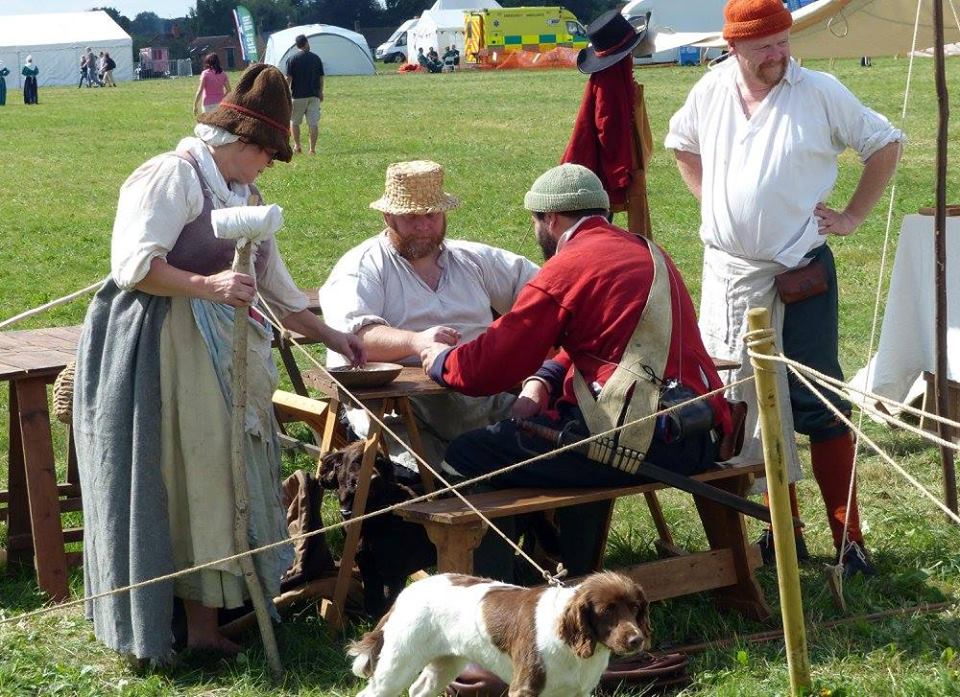 Red Horse by M.J. Logue
Red Horse by M.J. Logue
My rating: 5 of 5 stars
Red Horse is set at the beginning of the First English Civil War in 1642. The primary characters are Captain Hollie Babbitt and his young Cornet Luce Pettitt. Babbitt is a grizzled and damaged English mercenary back from the continent to fight for Parliament. Pettitt fights from conviction and conscience, he is a distant relation to the Earl of Essex. This sets us up nicely for a tale from a cavalry viewpoint with the odd glimpse of higher command.
There are a troop of supporting characters as well. For the most part they simply give enough context for the main characters not to be in isolation. Both main characters are flawed, and this makes their character development engaging. Luce starts off naive and relatively innocent. I could identify my long departed 20-year-old self with him (although I didn’t write poetry back then, nor did I have Luce’s prudishness).

Babbitt is suffering from mild PTSD, he has flashbacks and mood swings. After the battle of Edgehill he loses touch with reality and gets suicidal. Fortunately for him people are looking out for him.
As well as the characters being real and engaging there is a really good level of historical accuracy in here. The author clearly knows the period that she is writing about. I’ve spent a couple of decades reading about and re enacting the ECW. There were only a couple of minor points I noticed, and both made Red Horse more readable for people not steeped in the history.
The full richness of the period is shown in Red Horse. With Parliamentarians you get the different levels of motivation. There are religious dissenters, raving preachers and quiet Grindletonians. There are also well off types that fight for liberty, their liberty and not really that of the common man. On top of that there are the British mercenaries that have learnt their trade in Europe and come home for pay.
It’s not all military either. Befitting the nature of the civil wars there are interludes where we see the impact on civilians. In fact the military bits are only because of the wider context, Red Horse is more social in nature and how the protagonists deal with both the war and their lives.
Overall I loved Red Horse. I paid for it myself and as soon as I finished it I paid for the sequel, Command the Raven.
I think you should read it too.
Get Red Horse: 1642 (Uncivil wars #1) from Amazon UK

















